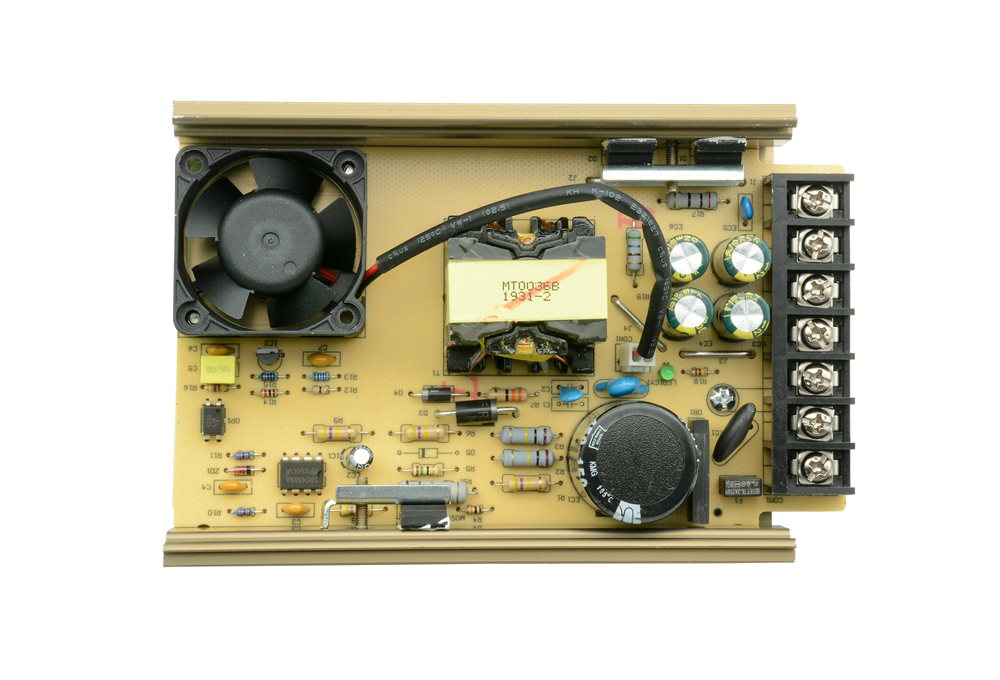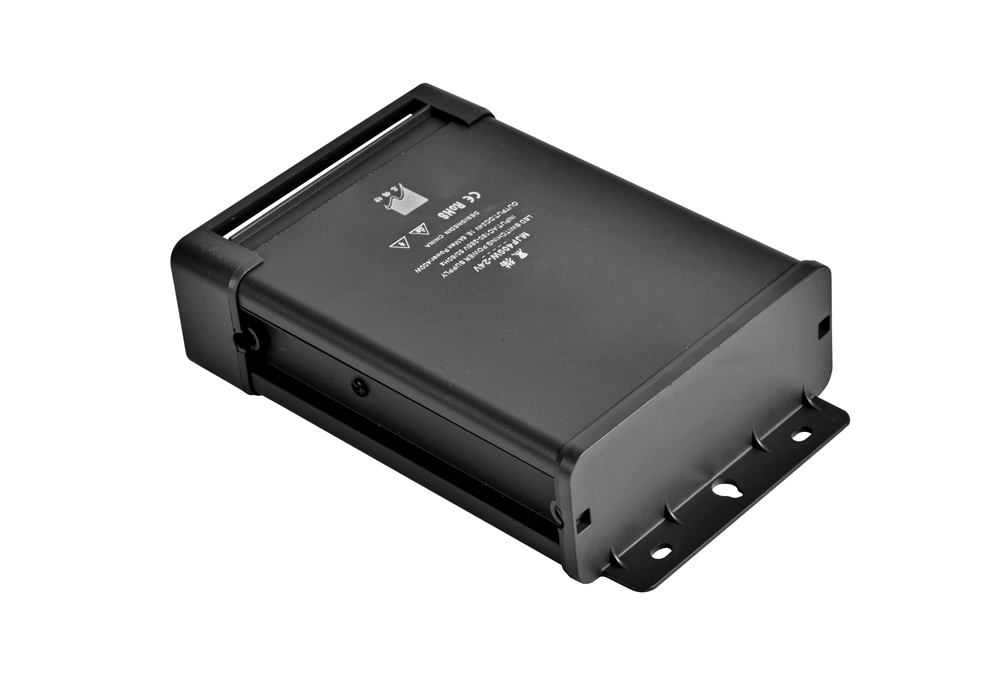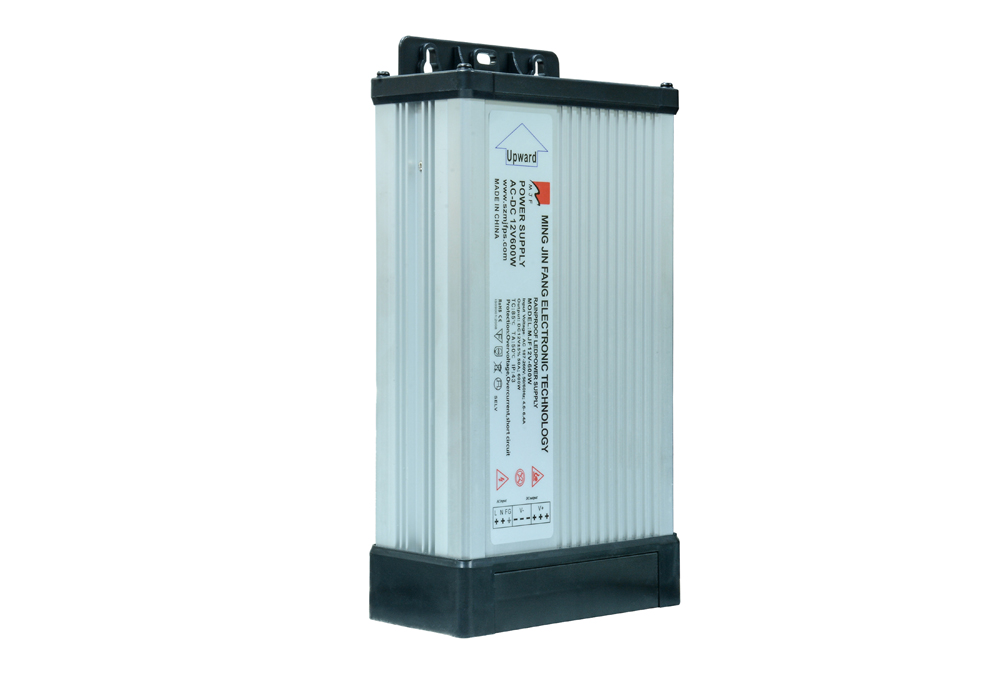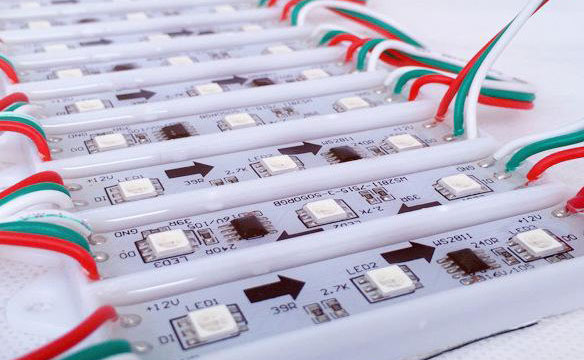What kinds of protection devices are there for LED power supplies?
2022-02-17(1413)views
A good LED power supply not only needs to be stable, efficient and reliable, but also various protection measures of the circuit must be carefully designed to avoid the rapid switching on and off under complex environmental conditions. The power supply circuit and the load are effectively protected, so what kinds of protection devices are there for the LED power supply? In response to this problem, the editor of Mingjinfang will introduce it to you next.

There are two main functions of LED power protection device. On the one hand, it protects the power supply itself and prevents it from being damaged by external influences. On the other hand, it protects the external circuit environment and prevents the external circuit from being affected by the operation or damage of the LED lamps.
The main protection devices are as follows:
1. Varistor
This is used to protect the LED luminaire itself. It can be said that no matter what kind of power supply, switching power supply or linear power supply is used for the LED luminaire, this protection is required. It is used to protectthe surge voltage that often occurs on the mains network.
The so-called surge voltage is mainly a short-term high-voltage pulse caused by lightning strikes or the start and stop of high-power electrical equipment. Among them, lightning strikes are the main reason.
Lightning strikes can be divided into direct lightning strikes and indirect lightning strikes. Direct lightning strikes refer to lightning strikes directly on the power supply network. This possibility is rare, and most large-scale power supply grids The system itself has lightning protection measures.
Indirect lightning strike refers to the surge that is induced and transmitted on the power grid by lightning. This kind of surge is very likely to occur because it occurs all over the world all the time. 1800 thunderstorms with 600 lightning strikes per second. Every lightning strike induces a surge voltage on the nearby power grid.
Surge pulses are usually only a few microseconds or less in width, and pulses can be as high as several kilovolts in amplitude. Mainly because of its high amplitude, it has the greatest impact on damage to electronic equipment.
All kinds of electronic devices can be easily damaged if left unprotected. Fortunately, surge protection is very simple, as long as an anti-surge varistor is added, usually it is connected in parallel before the rectifier.
The principle of this varistor is such that there is a nonlinear resistor whose resistance is close to an open circuit within the specified threshold range, and once the applied voltage exceeds threshold, its resistance is immediately close to zero. This makes it easy to absorb the surge.
And the varistor is a recoverable device, after the surge is absorbed, it can continue to play a protective role.
Its main indicators are:
1. Maximum continuous working voltage (divided into AC and DC, such as DC 415V),
2. The varistor voltage (threshold, such as 510V), refers to the startup voltage when the current is greater than 0.1mA.
3. The maximum limit voltage refers to the maximum peak voltage Vp above the varistor under the peak current Ip (eg 200A) that the varistor can withstand, such as 845V; in fact Because a surge is usually just a narrow pulse with a small width (a few microseconds), its voltage and current relationship can no longer be described by resistance, because it is actually a nonlinear device.
Second, negative temperature coefficient resistor NTC
Many LED power supplies have electrolytic capacitors behind the rectifier. The charging current of electrolytic capacitors is usually very large when the power is first turned on, often measured in several amperes.
If a room has many such power supplies connected at the same time, the combined charging current will make the power grid of this room produce a huge instantaneous current enough to make the safety switch jump off.
So in order to avoid such a situation, it is necessary to install a negative temperature coefficient resistor (NTC) in front of the electrolytic capacitor in the LED power supply. Its characteristic is that the usual resistance is very small , when it encounters an instantaneous high current, its resistance value becomes extremely large instantly due to heating, which limits the instantaneous high current. When the high current passes, it quickly returns to the usual small resistance, so that the Avoid external impact from the LED power supply.
Three, fuse
Its function is similar to that of ordinary fuses. When the LED load is short-circuited due to various reasons, the fuse itself will immediately cut off the short-circuited load. open, so as not to affect the external circuit tripping.
The varistor is actually an anti-surge varistor. These three protection devices are the most basic, a standard protection circuit, and should be used by all LED power supplies!
Unfortunately, most LED power supplies on the market are not equipped with this protection circuit. Only a few high-end LED lamps and lanterns use this kind of protection circuit.
The above protection devices for LED power supplies are shared here. LED power supplies are widely used in street lights, tunnel lights, LED floor tiles, LED point light sources, and LED grids. Gate lights, LED indoor lights, LED ceiling lights, buildings, roads and bridges, square construction facilities, lawn lights, curtain wall lights, LED wall washer lights, table lamps Hotel Stadium LED Plant Lights Aquarium Lights, etc.
Latest News
-

What factors should be considered when choosing a switching power supply?
A large production enterprise needs a lot of intelligent eq...
-

What are the conversion methods of switching power supply?
The so-called switching power supply, as the name implies, ...
-

company profile
Shenzhen Mingjinfang Electronic Technology Co., Ltd. was est...
-

The selection of LED switching power supply should consider many factors
1. Select the appropriate input voltage range: Take AC input...
0755-27221809
Service Hotline:0755-27221809
Telephone:181 2882 0589
Fax:0755-27479339
Email:[email protected]
Address:3rd Floor, Building A, Shengfeng Industrial Park, Helishan Road, North Yanchuan, Songgang, Baoan District, Shenzhen





 0755-27221809
0755-27221809